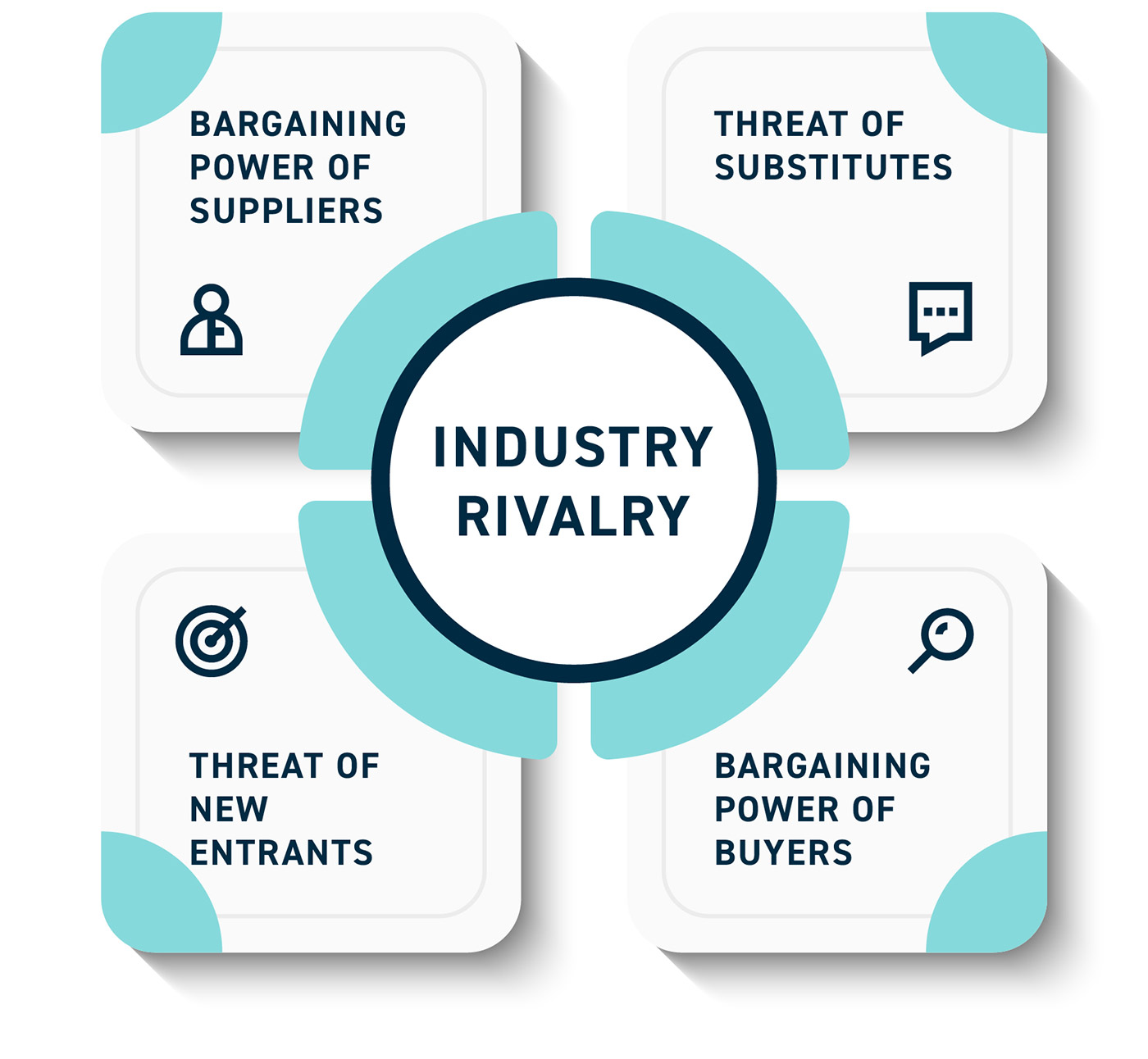Pengana’s international ethical LIC just keeps getting better.
From an increase to its mandated fully franked quarterly dividends, to the appointment of a highly regarded global equity manager, responsible for the management of investments for some of the world’s largest and most sophisticated investors (including pension funds, sovereign wealth funds, endowments, and family offices). This LIC is making all the right moves.

Pengana International Equities Limited (ASX: PIA), is Australia’s largest international ethical LIC (Listed Investment Company).
With a mandate to deliver capital growth and consistent and reliable fully franked dividend returns to shareholders, PIA has announced a 1.35 cents per share, fully franked quarterly dividend – representing an 8% increase on the dividend declared in the previous quarter.
The Board expects to reset the future dividend level to 1.35 cents per share paid quarterly, franked to the maximum extent possible.
The Company currently has sufficient franking credits available to fully frank an annual 5.4 cents per share dividend through to FY2024 (and sufficient profit reserves to continue to pay shareholders the increased 5.4 cents per share for the next 11 years even if the Company were to make no further profits.)
The newly employed investment strategy, under Harding Loevner, is backed by a 32-year track record of consistent market outperformance.
The dividend will be paid on 22 September 2021 to shareholders on the PIA register as at the record date of 8 September 2021
The increase to an annualised 5.4 cents per share reflects the Board’s assessment that Harding Loevner’s investment strategy can support the Company’s ongoing objective to deliver both capital growth and consistent and reliable dividend returns to shareholders.
PIA’s partnership with Harding Loevner provides Australian retail investors exclusive access to Harding Loevner’s extensive global expertise, usually only accessible to institutional investors. Through this partnership, PIA invests in high-quality, growing companies identified through fundamental research with a long-term, global perspective, and a robust ethical framework.
With a market-beating active investment strategy going back 32 years, this may be one of the best cases for the value of an actively managed investment strategy using a disciplined stock picking framework versus the recently-popular passive ETF models that follow the market in all directions with no prospect of outperformance.
We sat down with the investment team to learn more about their unique approach to making investment decisions…
For 32 years, Harding Loevner has focused on a consistent singular investment philosophy – to only invest in what we have defined as ‘quality growth’ businesses while paying attention to valuations. We enhance our clients’ global equity portfolios by delivering relative outperformance with less risk over the long term. Since inception, the strategy has led to substantial outperformance of the benchmark.
In addition to the significant outperformance, the investment team has captured 110% of the market upside whilst only participating in 92% of the downside (based on a 5 year window to 31 March 2021). This outcome is highly statistically significant, proving the effectiveness of the investment process.
Common-sense investment approach
Our approach is simple, repeatable and, based on common sense. We focus on high quality businesses that are demonstrably more profitable and growing more rapidly than the market, and businesses that we believe have a lower risk. We are focused on profitability, on businesses with higher profit margin, higher return on assets, higher return on equity, and they also have to grow faster. What this provides is higher quality businesses that experience faster growth right across the portfolio.
Our research process is designed to identify these types of companies. We have about 475 of these in the approved list today, and we construct the most compelling combination of securities that belong to businesses that look like this. Now, in isolation, this doesn’t really make us all that different – a lot of people have figured out this is a common-sense way to invest. You can compound undervalued securities in these businesses and generate a lot of wealth over the long term.
Where we are differentiated though, is how we go about making decisions – what we call collaboration without consensus. This behavioral framework to decision making in the context of investing is really powerful. Our team is a very diverse group of people, so it’s all about cognitive diversity and shared values. For many years, we have consistently and thoughtfully set out to find people with different backgrounds, different experiences, different nationalities – cognitive diversity, but shared values. We all believe in the merits of quality growth investment. So at Harding Loevner, we don’t use investment committees. This is because we think by the time you get people to agree by committee, it’s probably too late – on the way up, or the way down.
Instead, we encourage (and enable) individual decision making and accountability. That’s the part about ‘without consensus’. But we do foster collaboration, and we’ve found that if we can have an active debate within our group about an idea, we will individually make more considered investment decisions. We have a common language that we’ve put in place as our analytical framework, and our debating structure. So, when we make decisions, we can make independent decisions – we don’t need to have anybody agree with us – but we can only make the decision after running through a disciplined debate with a structured common language format with our research group. And we’ve learned, time and again, that our decision-making is better individually post-debate than without a debate, or within some consensus-oriented investment committee.
Not only that, at Harding Loevner, senior team members become owners of the business. We’re all partners in the company, so we have an owner mentality. We all have a large personal investment in Harding Loevner.
We also have common sense in how we integrate ESG. We look at everything as a risk. ESG risks are just as much included in our analysis as any other risk, and it’s integrated tightly into our investment research by each industry analyst.
Rigorous investment process
Our investable universe is large. We start with roughly 7,500 companies that may meet our investment criteria. Analysts then research companies that meet our high quality and sustainable growth criteria, conduct fundamental research, then value and rate their stocks to make them available to PMs for investment. PM’s are able to pick from a list of 475 companies have been researched and rated, which are the only companies that may be added to their portfolios.
Let’s start from the beginning…
Step 1: qualification.
Our goal is to invest in high-quality, high-growth companies, and we break down that goal into four key criteria:
Strong Competitive Advantage
Sustainable Growth
Financial Strengths
Good Management
We use a proprietary screening tool that we developed, that we call a bubble chart, where we rate, rank and plot companies against each other. We use highly objective rankings, with formulas developed incorporating historic data – hard facts. Our analysts will then decide to take a deep dive into a company, and may spend several months wading through our four key criteria.
We use Porter’s Five Forces extensively at Harding Loevner as our common language, and we also analyse every company based on this. And behind each score an analyst has to write a full analysis to substantiate their ratings following a standard template.
Porter’s Five Forces

Step 2: valuation.
We then start to move to the next stage – looking at the valuation of the security. We use a standard Discounted Cash Flow (‘DCF’) model to evaluate the company’s valuation, and we use a slightly enhanced version of DCF, the cash flow return on investment, a concept very similar to DCF, as an engine of our valuation mechanism.
Step 3: collaboration
After this exercise the analyst calls a research meeting – like a peer-review process. Each analyst has the individual ownership to start their research process, but they have to collaborate. Because we use the same platform and speak the same language, we can review each other’s research work. We critique each other’s research work, and give feedback as peers – collaboration. After that process, it’s the analyst’s discretion to move ahead and decide to rate this company – either buy, or sell, or hold – without consensus. This decision, this recommendation, is tied to this analyst’s own performance, it has nothing to do with if everybody else agrees with that recommendation or not. So, the individual accountability is very, very clear.
After this step, analysts continue to maintain the research work, but at this stage this company is officially admitted to our pool of around 475 stocks that have been vetted and rated by our analysts. Now it’s ready for a portfolio manager to pick from that pool of companies that meet our investment criteria – and it definitely meets our standards.
Now the challenge, and opportunity, is – how do you get portfolio managers to find the most compelling non-monetised insights in the group and put them into a winning portfolio? This is, again, where we have no demand for consensus, but require collaboration.
The research team will have already participated in the discussion and the debate, so, we’re already familiar with the business. As portfolio managers, our questions are:
- is it undervalued;
- is it additive to our portfolios?
Co-lead portfolio managers
A portfolio manager can then add a name from that approved list into the portfolio through a written invitation to the other portfolio managers, explaining their thinking.
They’ll each then respond in writing, yes or no, and frequently why. We can’t buy that security until they’ve responded. And, if we have the stock in the portfolio and wish to sell it, it happens in reverse, with an email to the same group, and we await a response. This is how we build the portfolio. One half of the portfolio is 100% securities that one co-lead portfolio manager alone has decided to buy, with nobody forcing them, no necessary consensus, and it’s 100% the manager’s responsibility. The other co-portfolio manager is 100% responsible for the other half of the portfolio.
Risk management and common sense
Coming back to the common sense theme. This is how we’ve managed risk here at a high level for three decades. We require that we have a minimal spread of diversification of businesses by geography and industry type, and position size.
We’re looking forward to leveraging the Harding Loevner culture of collaboration without consensus and our long-term common-sense approach to the way we do invest alongside shareholders in PIA. Suffice to say, we’re excited about the opportunities ahead.

